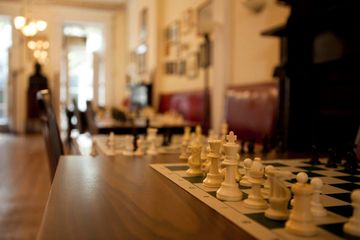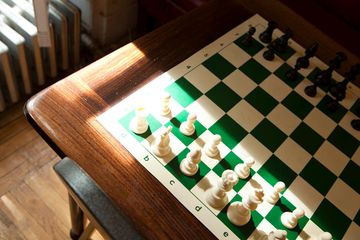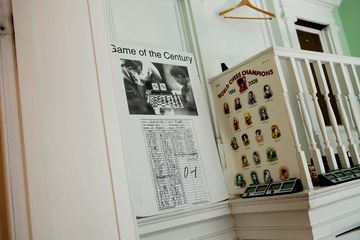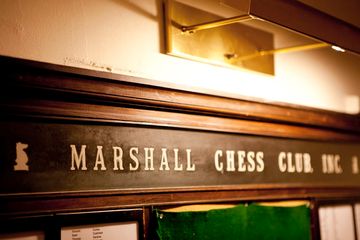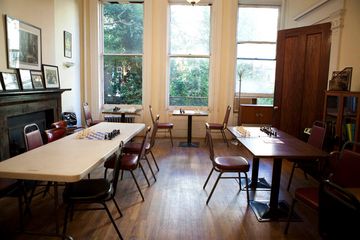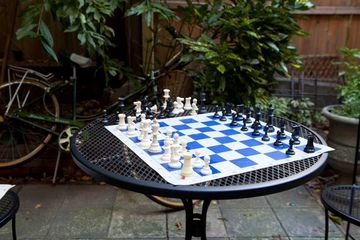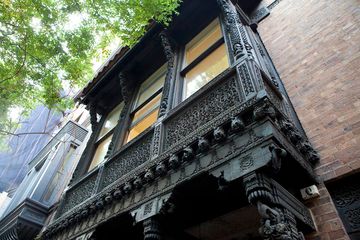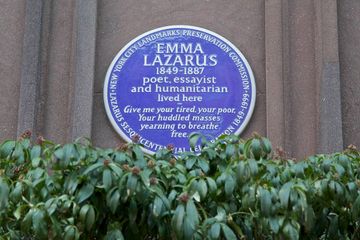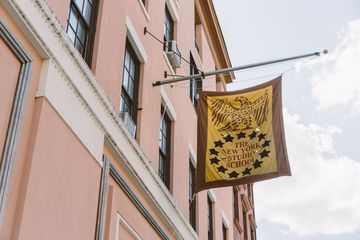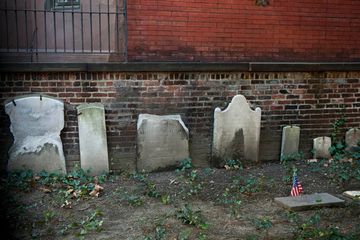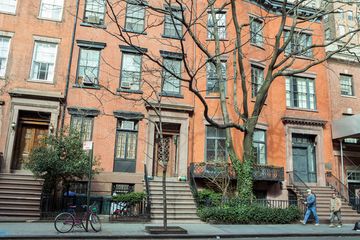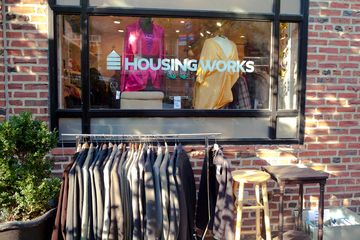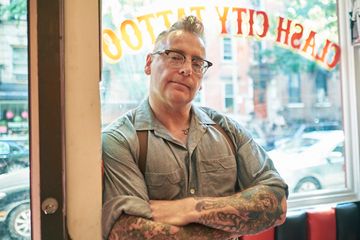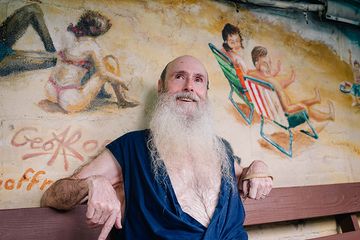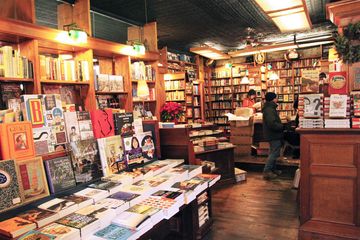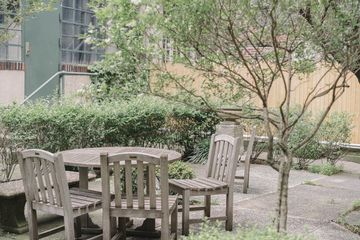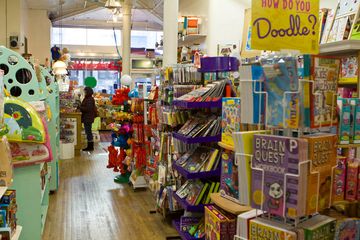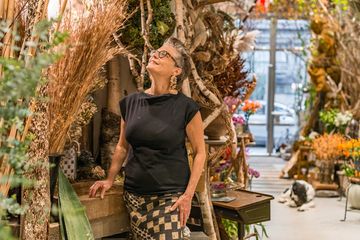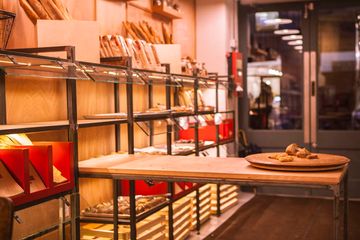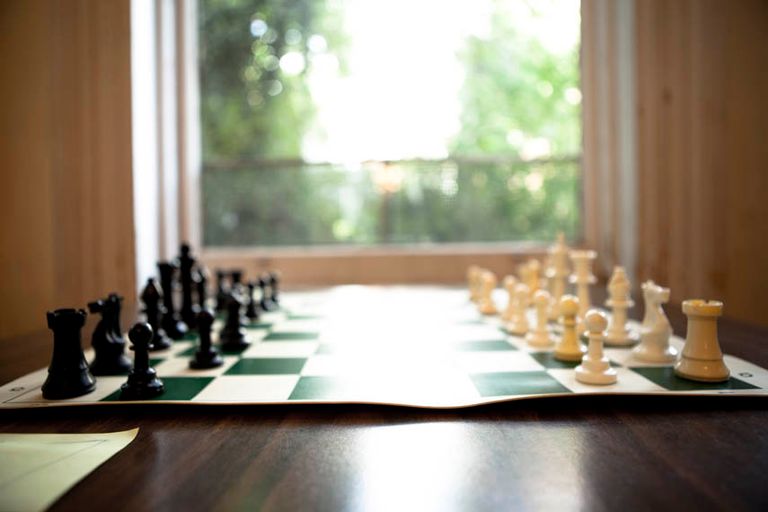
“My only connection to chess is through my son,” confessed Noah Chasin, the unlikely leader of the Marshall Chess Club. Grandmaster Frank Marshall, a native New Yorker and longstanding U.S. Chess Champion, established the club as a haven for chess buffs. It relocated several times, beginning at Keens Steakhouse — featured in the first Walking Manhattan Sideways book — until it finally found its home on 10th Street in 1931. Perhaps the most famous chess club in the world, every champion has played a game here over the past century. “It’s essentially an obligation for all of the top players at some point.” This is also where the illustrious Bobby Fischer rose to prominence. Fittingly, parts of the film Searching for Bobby Fischer were later filmed on the Marshall’s premises. Though some might be intimidated by the Marshall’s storied reputation, Noah emphasized that the atmosphere is more welcoming than one might expect. The club’s regular tournaments are typically a fifty-fifty split between its members and those who simply possess a love for the pastime. Noah’s own son started visiting the Marshall when he was only eight years old and has since spent years attending some of the largest competitions around the globe, including the Philadelphia World Open. Though certainly no chess disciple himself, Noah was a devoted father, and as his son participated in workshops, camps, and matches at the Marshall, Noah was recruited to represent the parents of other scholastic members on the club’s board. In 2016, he became the president and is now “neck-deep in the chess world, which I never could have imagined before.” He is delighted to see players old and young, from New York and abroad, find their way to the Marshall. Better yet, he relishes the second-hand thrill of witnessing opponents face off over one of the club’s elegant boards. “It’s not the trajectory I would have imagined as a parent, but it’s been such a spectacular one.”

